Growing strawberries at home can be a rewarding experience. Not only do you get to enjoy fresh, homegrown berries, but it’s also a fun and relatively simple gardening project. Whether you have a spacious backyard or a small balcony, you can grow strawberries in almost any space. This guide will take you through the step-by-step process of growing strawberries, from planting to harvesting.
Understanding How to Grow Strawberry Plants
Growing strawberries is a delightful and rewarding endeavor that can be done in various environments, from a large backyard to small balcony spaces. Here’s a detailed guide to help you understand how to grow strawberry plants, from selecting the right variety to harvesting your juicy, homegrown fruit.
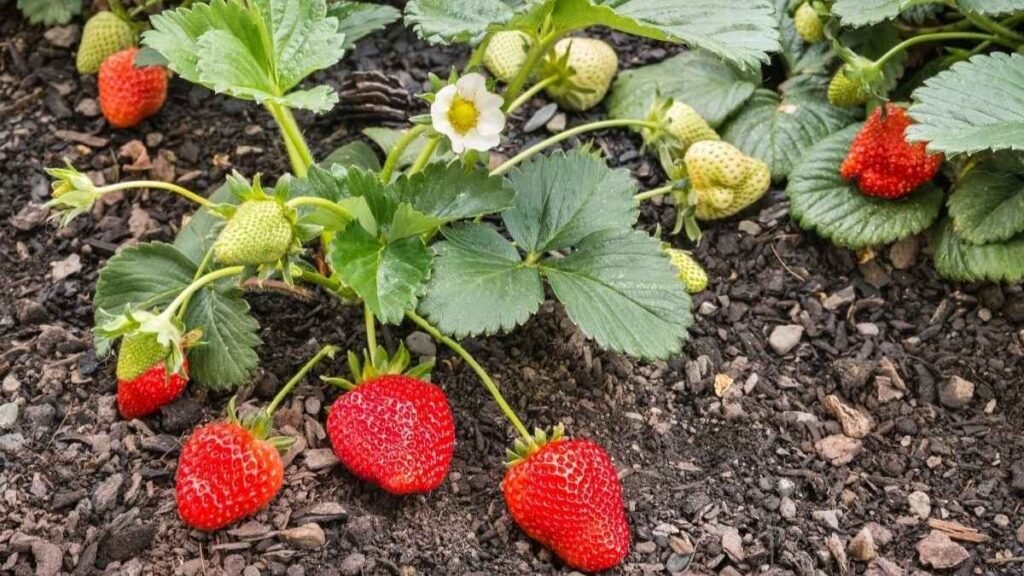
1. Choosing the Right Strawberry Variety
The first step in growing strawberries is selecting the right variety for your garden. There are three main types of strawberries to choose from:
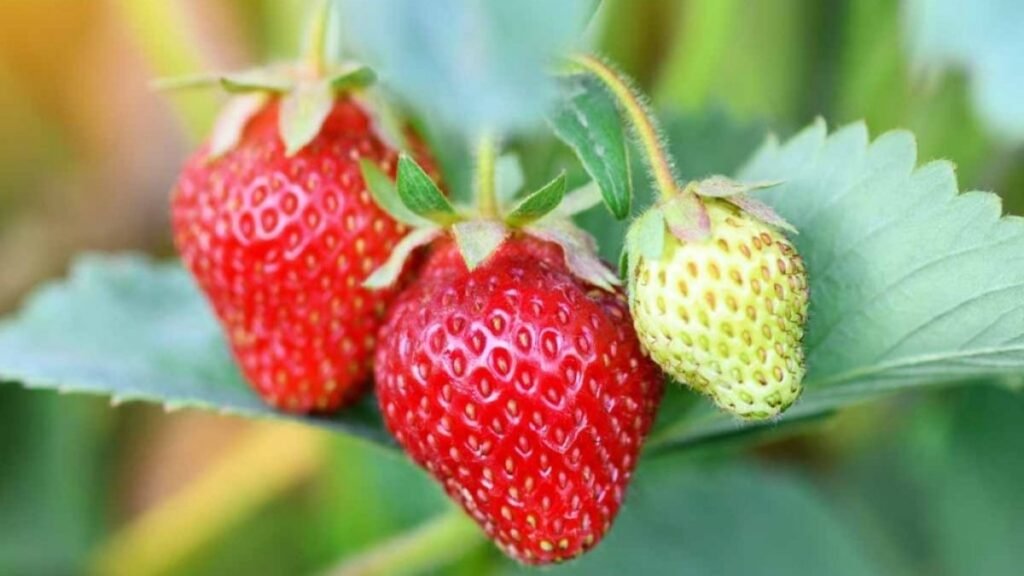
- June-bearing strawberries: These are the most common type. They produce a large crop once a year, typically in late spring or early summer.
- Ever-bearing strawberries: These strawberries produce fruit multiple times a year, generally in the spring, summer, and fall.
- Day-neutral strawberries: These are similar to ever-bearing but tend to produce fruit all season long, regardless of the day length.
Consider your climate and how much space you have. June-bearing varieties are best for those who want a large harvest in one go, while ever-bearing and day-neutral varieties are great for continuous fruit production.
2. Selecting the Perfect Spot
Strawberries thrive in sunny locations. Choose a spot in your garden that receives at least 6 to 8 hours of direct sunlight each day. The soil should be well-drained, as strawberries do not like standing water. If your garden soil is heavy or clayey, consider planting strawberries in raised beds or containers.
If you have limited space, strawberries can also be grown in hanging baskets or pots. Make sure the containers have drainage holes, as excess water can cause the roots to rot.
3. Preparing the Soil
Strawberries prefer slightly acidic soil, with a pH between 5.5 and 6.8. Before planting, test the soil pH and amend it if necessary. You can add organic compost or well-rotted manure to improve the soil’s texture and fertility. This will provide the plants with the nutrients they need for strong growth and abundant fruit.
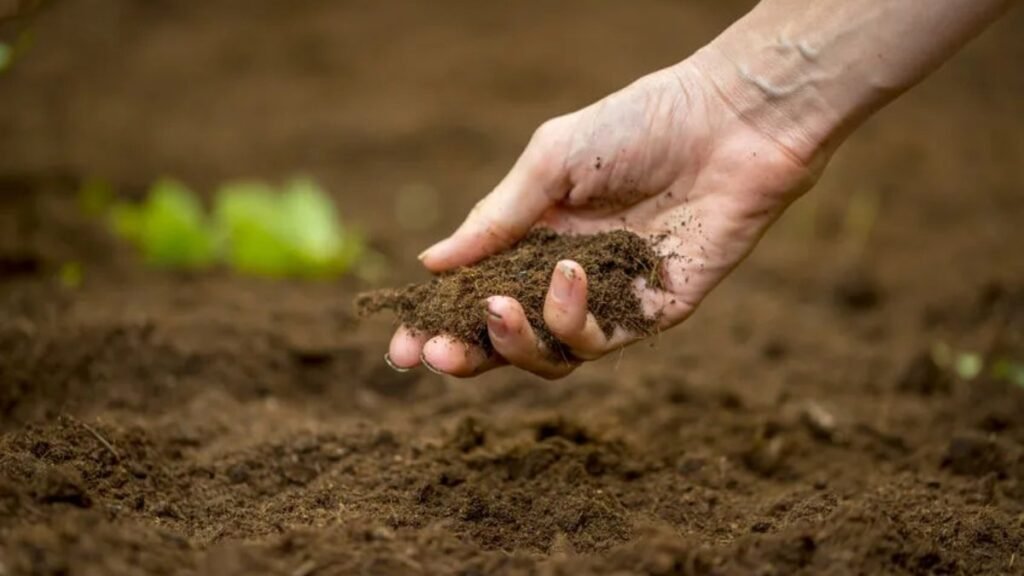
To improve drainage, especially in heavy soils, mix in some sand or perlite. The goal is to create a soil environment that is light and airy while retaining moisture.
4. Planting Strawberry Plants
Once you’ve selected the variety and prepared the soil, it’s time to plant. The best time to plant strawberries is in early spring, after the last frost has passed. However, you can also plant them in the fall, depending on your climate.
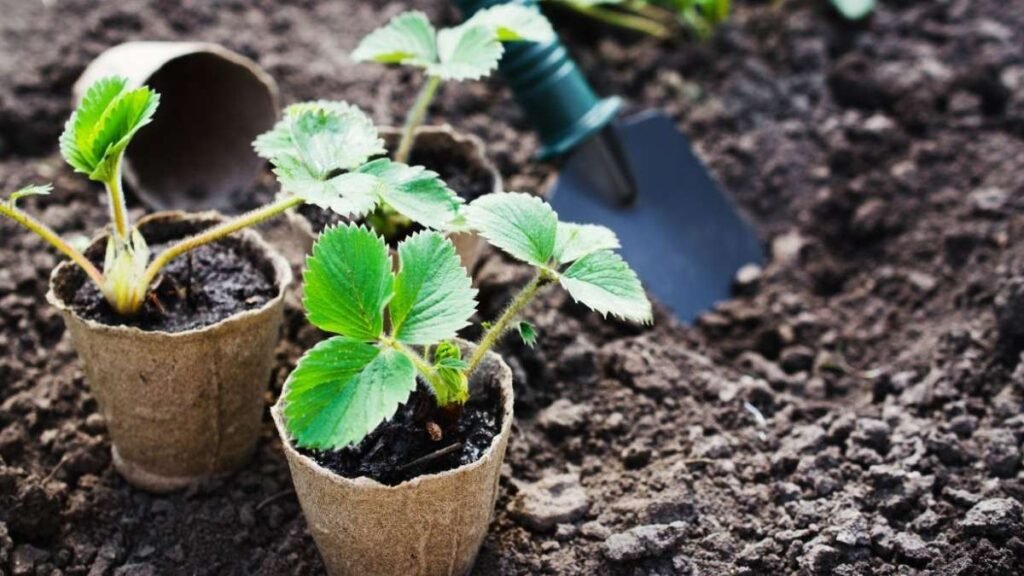
When planting, space the strawberry plants about 12 to 18 inches apart. The crowns (the part where the roots meet the leaves) should be at soil level, not buried too deep or left exposed. Planting them too deep can cause the crowns to rot, while planting them too shallow can dry out the roots.
If you’re planting multiple rows, space the rows about 2 feet apart to give the plants room to spread.
5. Watering Your Strawberry Plants
Strawberries need consistent moisture to grow well. Water the plants regularly, especially during dry periods. However, be careful not to overwater them, as this can lead to root rot. It’s best to water the plants early in the morning to allow the soil to dry out by evening, reducing the risk of disease.
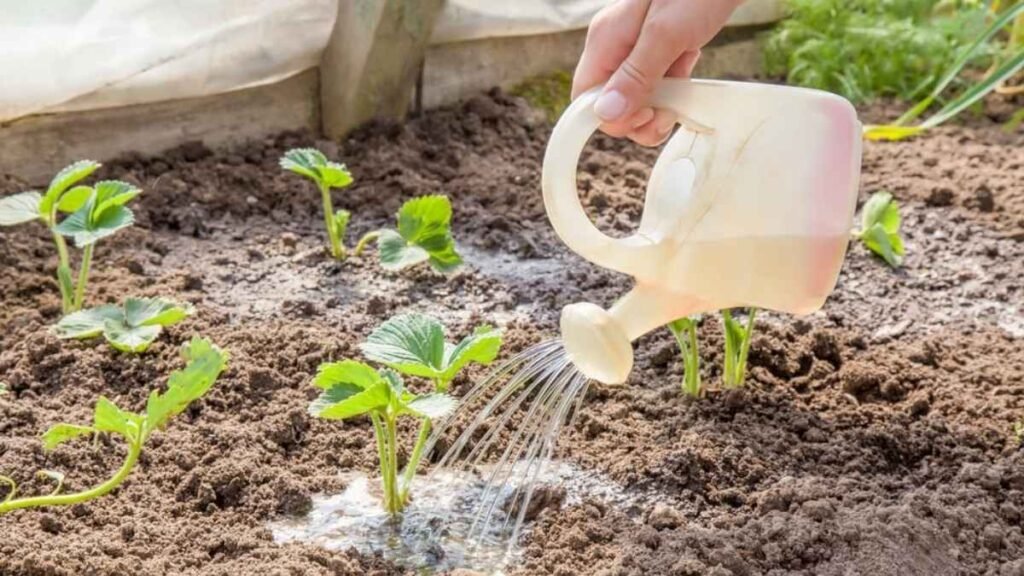
Mulching around the plants helps retain moisture and keeps the soil temperature stable. Organic mulch, such as straw, is ideal for strawberries. It also helps keep weeds at bay, preventing competition for nutrients and water.
6. Fertilizing Strawberry Plants
To promote healthy growth and fruit production, strawberries benefit from regular fertilization. Use a balanced fertilizer, preferably one that is organic, to feed your plants. Apply fertilizer in early spring, just before new growth begins, and then again in early summer, after the first harvest.
Avoid over-fertilizing, as this can lead to excessive leafy growth at the expense of fruit production. Always follow the instructions on the fertilizer packaging to ensure you don’t harm the plants.
7. Pruning Strawberry Plants
Pruning is important for maintaining the health and productivity of strawberry plants. Remove any dead or damaged leaves to keep the plant healthy. If you’re growing June-bearing strawberries, it’s also a good idea to remove the first set of flowers in the first year to encourage stronger root development. This may reduce your yield for the first year, but it will improve the overall health of the plant in the long term.
As your strawberry plants grow, you may notice runners (long stems that grow from the parent plant and produce new plants). You can allow some of these runners to root and form new plants, or you can trim them off to focus the plant’s energy on producing fruit.
8. Protecting Your Strawberry Plants
Strawberries can be vulnerable to pests and diseases. Some common pests that may attack strawberries include aphids, slugs, and birds. To protect your plants, you can use organic pest control methods such as neem oil or insecticidal soap.
Birds can be particularly troublesome, as they love to peck at ripe strawberries. To keep them away, consider covering your plants with bird netting or placing shiny objects, such as aluminum foil, near the plants to scare them off.
Also, keep an eye out for diseases like powdery mildew and gray mold. Proper spacing, good air circulation, and not overwatering your plants will help prevent these problems.
9. Harvesting Strawberries
Strawberries are ready to harvest when they are fully ripe, which means they should be bright red with no white or green areas. Gently pull the berries from the plant, taking care not to damage the leaves or stems. It’s best to harvest strawberries early in the morning when they are cool and firm.
Harvesting often is important. Pick the ripe berries every couple of days to encourage the plant to produce more fruit. For ever-bearing and day-neutral varieties, you can expect to harvest throughout the growing season.
10. Caring for Strawberry Plants After Harvest
After the harvest, strawberry plants will need some care to continue producing for the next season. Trim back dead or damaged leaves and mulch around the plants to protect the roots over winter. If you’re in a colder climate, you might want to cover your plants with a layer of straw or fabric to protect them from freezing temperatures.
In spring, remove the winter protection and add a light layer of fertilizer to encourage new growth. With proper care, your strawberry plants will produce for several years.
Conclusion
Growing strawberries at home is not only satisfying but also an enjoyable way to engage with nature and enjoy fresh, organic fruit. By choosing the right variety, preparing the soil, and providing the proper care, you can have a bountiful strawberry harvest season after season. Whether you grow them in the ground, in containers, or hanging baskets, strawberries are a perfect addition to any home garden. Happy gardening!





I have really learnt how to grow strawberries,can I use the same in laikipia